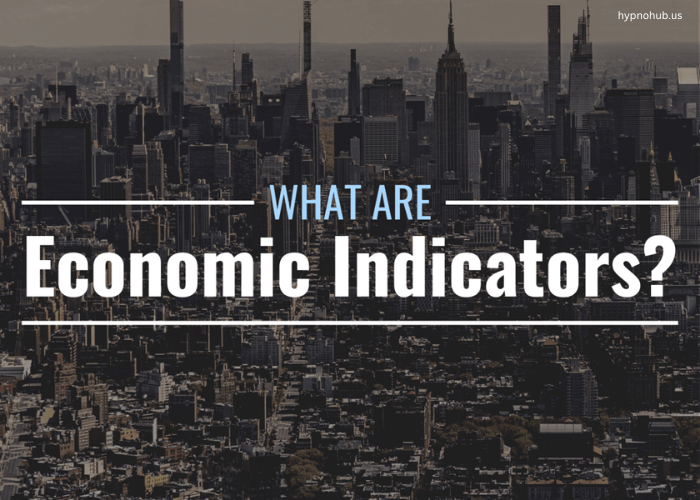Economic indicators are statistical metrics used to gauge the health and direction of an economy. These measures provide invaluable insights for governments, businesses, and individuals, guiding decisions in areas such as policy-making, investment, and planning. Understanding economic indicators and their significance is essential for anyone seeking to make informed decisions in a dynamic economic landscape.
Types of Economic Indicators
Economic indicators are generally classified into three main categories based on their timing relative to economic changes:
- Leading Indicators: These indicators predict future economic trends. They are crucial for forecasting potential growth or contraction, allowing policymakers and businesses to prepare accordingly. Examples include stock market performance, new housing starts, and consumer confidence indices.
- Lagging Indicators: Lagging indicators confirm trends after they have occurred. They are typically used to validate the patterns suggested by leading indicators. Examples include unemployment rates, corporate profits, and interest rates.
- Coincident Indicators: These indicators move in tandem with the economy and provide a real-time snapshot of economic activity. Examples include GDP, industrial production, and retail sales.
Key Economic Indicators
While there are numerous economic indicators, a few stand out due to their widespread use and impact:
- Gross Domestic Product (GDP): GDP measures the total value of goods and services produced in a country over a specific period. It is a comprehensive indicator of economic activity and growth.
- Unemployment Rate: This measures the percentage of the labor force that is unemployed and actively seeking work. High unemployment indicates economic distress, while low unemployment suggests robust economic activity.
- Inflation Rate: Inflation reflects the rate at which prices for goods and services rise. Moderate inflation is a sign of a healthy economy, but excessive inflation or deflation can indicate economic instability.
- Consumer Price Index (CPI): CPI tracks changes in the price level of a market basket of consumer goods and services. It is a critical measure of inflation and cost of living.
- Interest Rates: Controlled by central banks, interest rates influence borrowing and lending, affecting economic growth and inflation.
- Trade Balance: The trade balance measures the difference between exports and imports. A trade surplus indicates a net export advantage, while a deficit suggests higher imports than exports.
Importance of Economic Indicators
Economic indicators serve several essential functions:
- Policy Formulation: Governments and central banks use these indicators to craft monetary and fiscal policies aimed at stabilizing and stimulating the economy.
- Business Planning: Companies rely on economic indicators to forecast market demand, allocate resources, and develop strategies. For instance, rising consumer confidence may signal increased spending, encouraging businesses to expand.
- Investment Decisions: Investors use economic indicators to assess market conditions and make informed decisions. A strong GDP growth rate or low inflation can be favorable signals for equity markets.
- Public Awareness: Economic indicators help the public understand the state of the economy, enabling better personal financial planning and decision-making.
Conclusion
Economic indicators are vital tools for interpreting and anticipating economic trends. By analyzing these metrics, stakeholders can make informed decisions that align with the prevailing and anticipated economic conditions. Whether you are a policymaker, business leader, investor, or consumer, understanding economic indicators is fundamental to navigating the complexities of the modern economy.





